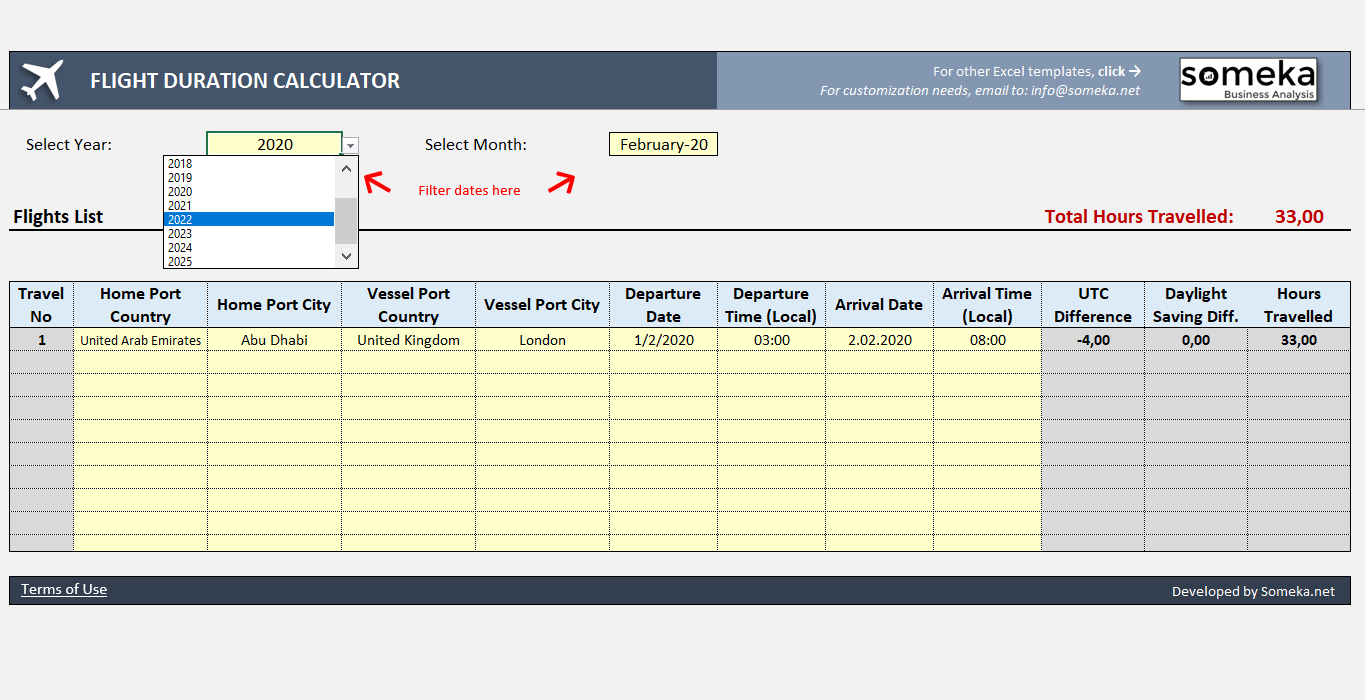

demonstrated better positioning performance with multiconstellation GNSS, especially whenever there is a relatively short observation duration. evaluated multiconstellation GNSS using the GPS, GLONASS, Galileo, and Beidou and showed improvements in kinematic PPP position solution accuracy and convergence.

More recent studies have also considered the impact of multiconstellation GNSS or other navigation systems, such as Inertial Navigation Systems (INS), to yield better accuracy with the PPP approach. Many have shown that PPP can achieve accuracy levels consistent with CP-DGPS but point out its slow convergence. Bisnath and Gao conclude that more algorithm development and additional observables are needed to reduce PPP’s convergence period before it can be considered as an RTK alternative. In 2009, Bisnath and Gao offered insight on the state-of-the-art of PPP and, in their assessment, demonstrate decimeter-level kinematic PPP of a static reference station after an initial convergence period. In their assessment, Zhang and Forsberg use comparisons of airborne laser altimetry and satellite altimetry products to assess height solution accuracy from PPP and conclude that PPP can produce accuracy at the decimeter-level. In another study, Zhang and Forsberg consider the use of PPP to support missions that require accuracy over very long-ranges (i.e., on the order of many hundreds of kilometers), thereby making double-differences to an individual reference station impractical. demonstrate a few decimeter-level performance with respect to CP-DGPS. Likewise, for a kinematic vehicular application, Honda et al. show that once a PPP filter has converged, it agrees with double-differenced GPS to within 10 cm. Many authors have conducted studies to compare the solution accuracy of the PPP technique with double-difference CP-DGPS solutions or other ground “truths.” For example, Colombo et al. The PPP technique has revolutionized many geophysical research applications that involve static reference stations and Earth orbiting spacecraft however, it has not been heavily exploited for applications involving low-cost small UAVs (SUAVs). To date, PPP technology has matured to the extent that there are now multiple real-time orbit and clock solution products offered by government organizations, commercial entities, and the International GNSS Service. The use of undifferenced data means that no GNSS reference station is required to form differential data combinations. The Precise Point Positioning (PPP) technique was introduced in the late nineties and uses state-space GNSS satellite orbit and clock bias solutions with significantly greater accuracy than their broadcast ephemeris counterparts in order to enable the user-segment to obtain accurate positioning with undifferenced data. This offers valuable insight to assist designers of SUAV navigation systems whose applications require precise positioning.
#Estimated flight durations software
In particular, an analysis is presented in which the position solutions that are obtained from postprocessing recorded UAV flight data with various PPP software and strategies are compared to solutions that were obtained using traditional double-differenced ambiguity fixed carrier-phase Differential GPS (CP-DGPS). Because SUAVs are an attractive platform for applications such as aerial surveying, precision agriculture, and remote sensing, this paper offers an experimental evaluation of kinematic PPP estimation strategies using SUAV platform data. This is a significant result for the UAV flight testing community because an important and relevant benefit of the PPP technique over traditional Differential GPS (DGPS) techniques, such as Real-Time Kinematic (RTK), is that there is no requirement for maintaining a short baseline separation to a differential GNSS reference station. An experimental analysis of Global Positioning System (GPS) flight data collected onboard a Small Unmanned Aerial Vehicle (SUAV) is conducted in order to demonstrate that postprocessed kinematic Precise Point Positioning (PPP) solutions with precisions approximately 6 cm 3D Residual Sum of Squares (RSOS) can be obtained on SUAVs that have short duration flights with limited observational periods (i.e., only ~≤5 minutes of data).


 0 kommentar(er)
0 kommentar(er)
